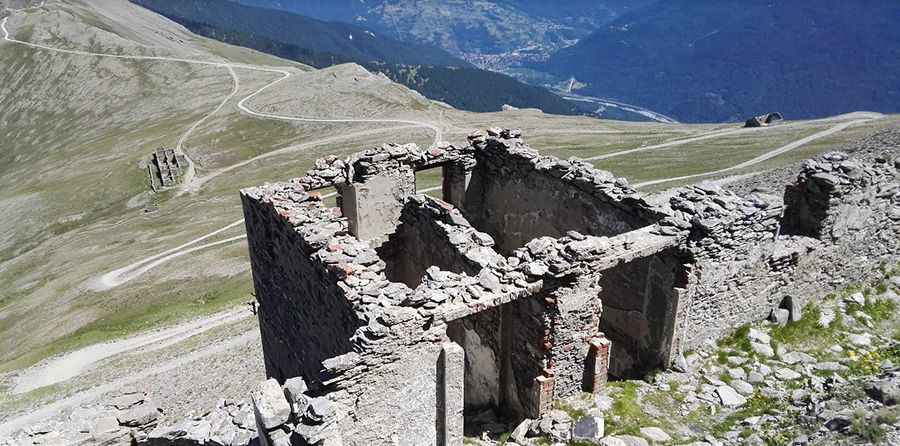The military road to Monte Jafferau was built in 1886
Monte Jafferau is a high mountain peak at an elevation of 2,805m (9,202ft) above sea level, located in the Piedmont region of Italy. It's one of the highest roads in the country.

Where is Monte Jafferau?
The peak is located in the Metropolitan City of Turin, in the Piedmont region, on the northwestern part of the country, near the French border.
Can you drive to Monte Jafferau?
The road to the summit is totally unpaved. It’s called Strada militare Fenil-Pramand-Föens-Jafferau and Strada militare 79 (also known as Via dei Saraceni).
How long is the road to Monte Jafferau?
The drive is 32.8 km (20.38 miles) long, running east-west from Eclause to Gleise.
Is the road to Monte Jafferau difficult?
The drive is pretty challenging, and experience in driving mountain roads is required. The slope of the road is no less than 14%, and the width is around 3 meters. There are some fairly rocky sections, not hard but difficult in most cars. The road follows a route among several forts. The drive is very challenging and not for the faint-hearted. It features many hairpin turns and tunnels. This dirt track unfolds for over 20 km, almost entirely over 2,000 meters above sea level. 4x4 vehicles only. High clearance is a must, though. The trail is prone to rockfalls, so it can be tricky in places.
Is the road to Monte Jafferau open?
Set high in the Massif des Cerces of the Cottian Alps, this military old trail is usually impassable from late October through late June or early July (depending on snow). If the weather is bad, you would not consider it.
When was the road to Monte Jafferau built?
It’s a military road built in 1886. The summit hosts a military fortress known as Forte Jafferau (also called Jafferau battery). It was built from 1896 to 1898 and was used during both world wars. The battery was constructed in a dominant position to defend the hills of the Bardonecchia basin. It was the highest military battery in the country and the second highest in the Alps. At the end of the Second World War, the fort was destroyed under the terms of the peace treaty with France.
Pic: Kas pierski